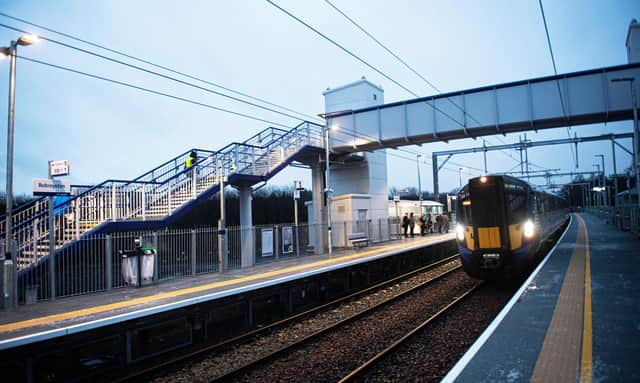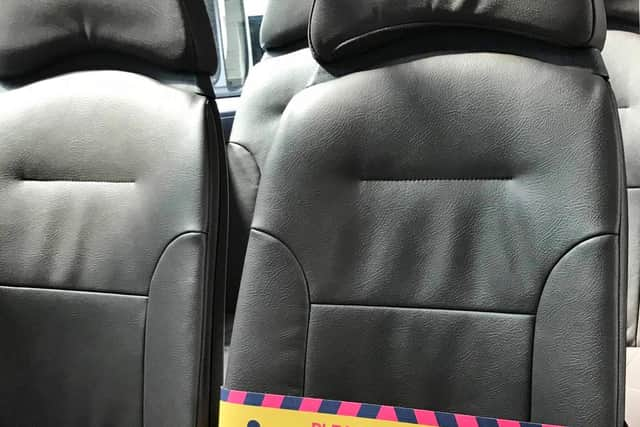Scottish public transport restrictions may be eased area by area


An outline of how transport will be affected by the removal of restrictions is included in the “Scotland’s route map through and out of the crisis” document published today by the Scottish Government.
It has been divided into four phases, with the first due to start next Thursday.
Advertisement
Hide AdAdvertisement
Hide AdNo dates have been given for their duration or the timing of the subsequent phases.


Travelling short distances for leisure and exercise will be permitted in phase one of the plan, and driving for this “beyond your local area” allowed in phase three.
Businesses will be encouraged to stagger start times for staff and offer flexible working to manage travel demand.
Travel at peak times will be discouraged.
Public transport will be increased in phase two and be fully restored in phase three, but physical distancing may remain in place in phase four.
More details will be published in the Scottish Government’s transport transition plan on Tuesday.
Phase one
“Consistent with the reopening of workplaces set out in this phase, where home working is not possible, businesses and organisations are encouraged to manage travel demand through staggered start times and flexible working patterns.
“You will also be permitted to travel short distances for outdoor leisure and exercise but advice to stay within a short distance of your local community and travel by walk, wheel and cycle where possible.
“International border health measures are set to be introduced.
Phase two
Advertisement
Hide AdAdvertisement
Hide Ad“Consistent with the reopening of workplaces set out in this phase, it is our plan that the default position is for people to work from home where possible.
“Where that is not possible, businesses and organisations are encouraged to manage travel demand through staggered start times and flexible working patterns.
“We are planning for public transport operating increased services but capacity would still be significantly limited to allow for physical distancing.
“Travel at peak times would remain discouraged as far as possible.
“There may be geographical differences in approaches to transport depending on circumstances.”
Phase three
“You can drive beyond your local area for leisure and exercise purposes.
“Public transport will be operating full services but capacity will still be significantly limited to allow for physical distancing.
“Travel at peak times will be discouraged as far as possible.
Advertisement
Hide AdAdvertisement
Hide Ad“There may be geographical differences in arrangements depending on local circumstances.
Phase four
“Public transport would be operating a full service and capacity.
“Physical distancing may remain in place, subject to scientific advice.”
A message from the Editor:
Thank you for reading this story on our website.
While I have your attention, I also have an important request to make of you.
With the coronavirus lockdown having a major impact on many of our advertisers - and consequently the revenue we receive - we are more reliant than ever on you taking out a digital subscription.
Subscribe to scotsman.com and enjoy unlimited access to Scottish news and information online and on our app.
With a digital subscription, you can read more than 5 articles, see fewer ads, enjoy faster load times, and get access to exclusive newsletters and content.
Visit https://www.scotsman.com/subscriptions now to sign up.
Advertisement
Hide AdAdvertisement
Hide AdOur journalism costs money and we rely on advertising, print and digital revenues to help to support them.
By supporting us, we are able to support you in providing trusted, fact-checked content for this website.
Joy Yates
Editorial Director